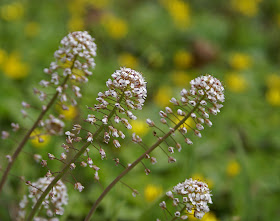Orange daylily is native to Asia from the Caucasus east through the Himalaya to China, Japan, and Korea. Orange daylily persists where planted, making them a very good garden plant.
Hemerocallis fulva var. fulva has escaped from cultivation across much of the United States and parts of Canada and has become a weedy or invasive species. It persists also where dumped and spreads more or less rapidly by vegetative increase into woods and fields and along roadsides and ditches, hence the common name ditch lily. It forms dense stands that exclude native vegetation, and is often so common that it is mistaken for a native species.
 Daylilies established in natural areas pose a threat to native plants in field, meadows, floodplains, moist woods and forest edges. Once established, daylily multiplies and spreads to form dense patches that displace native plants. The thick tubers make it a challenge to control.
Daylilies established in natural areas pose a threat to native plants in field, meadows, floodplains, moist woods and forest edges. Once established, daylily multiplies and spreads to form dense patches that displace native plants. The thick tubers make it a challenge to control.



















